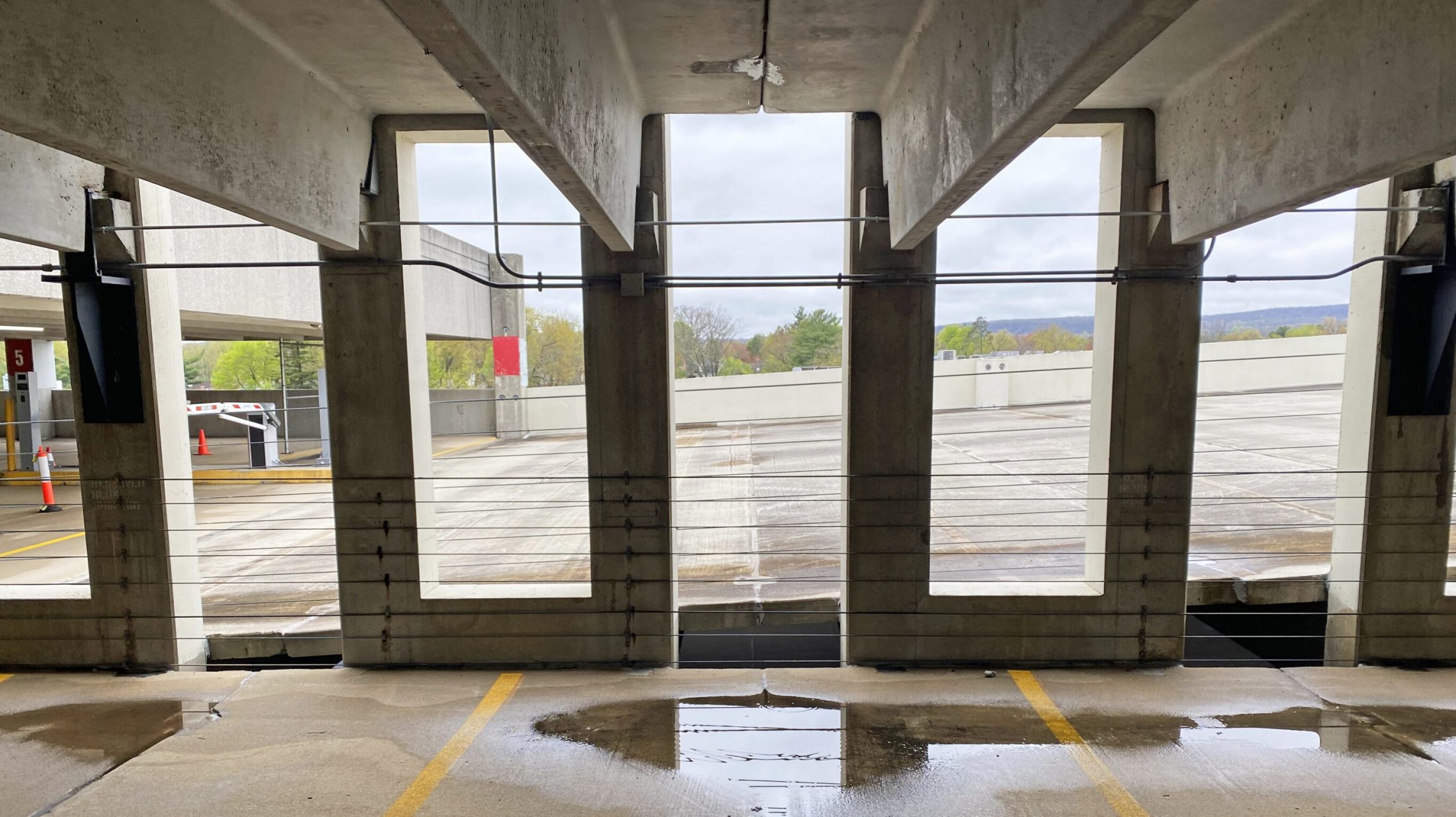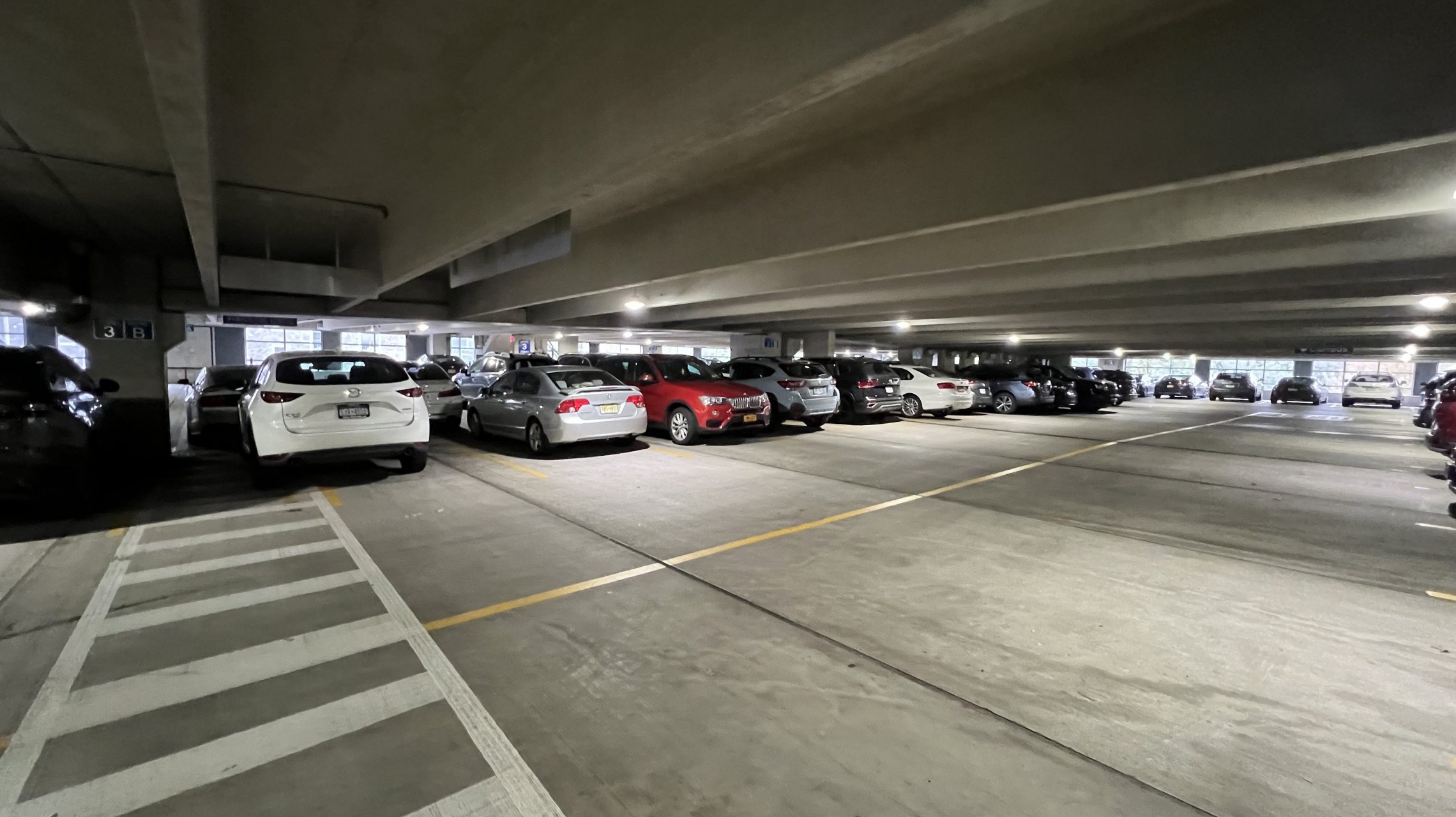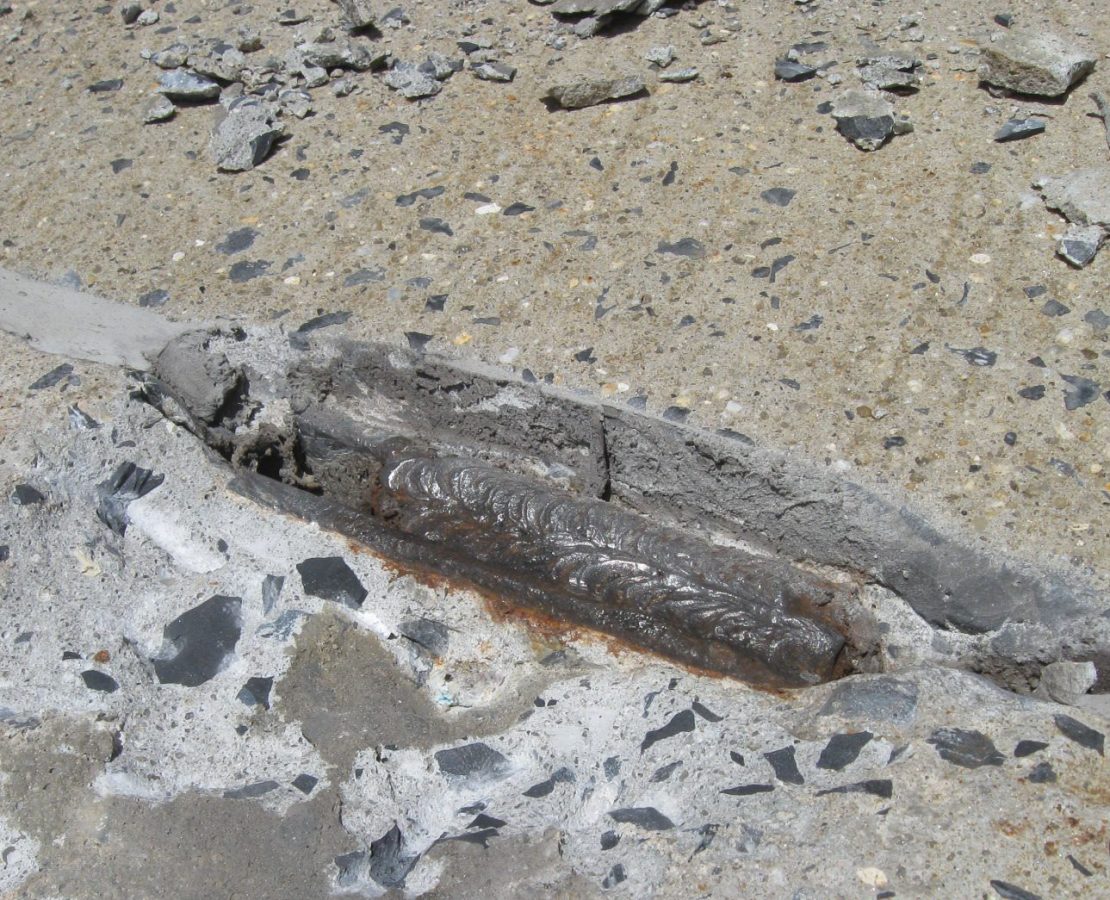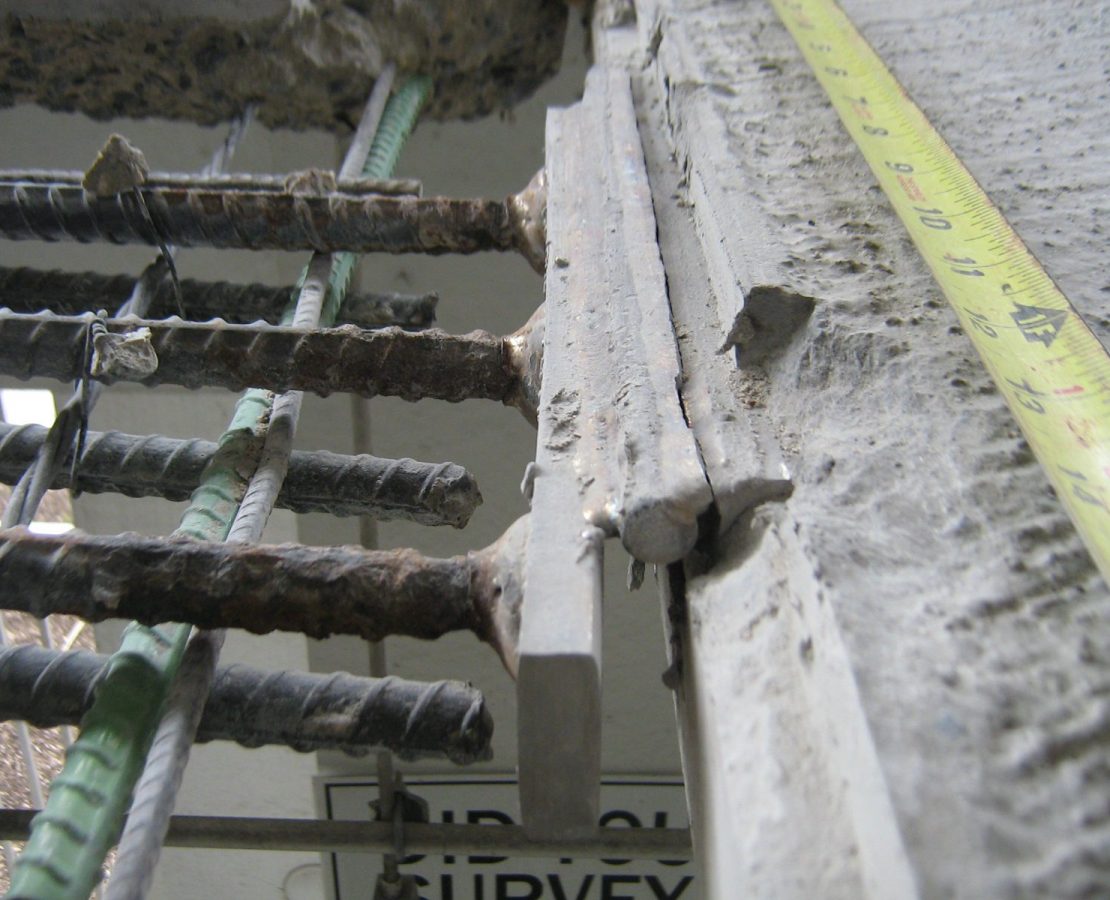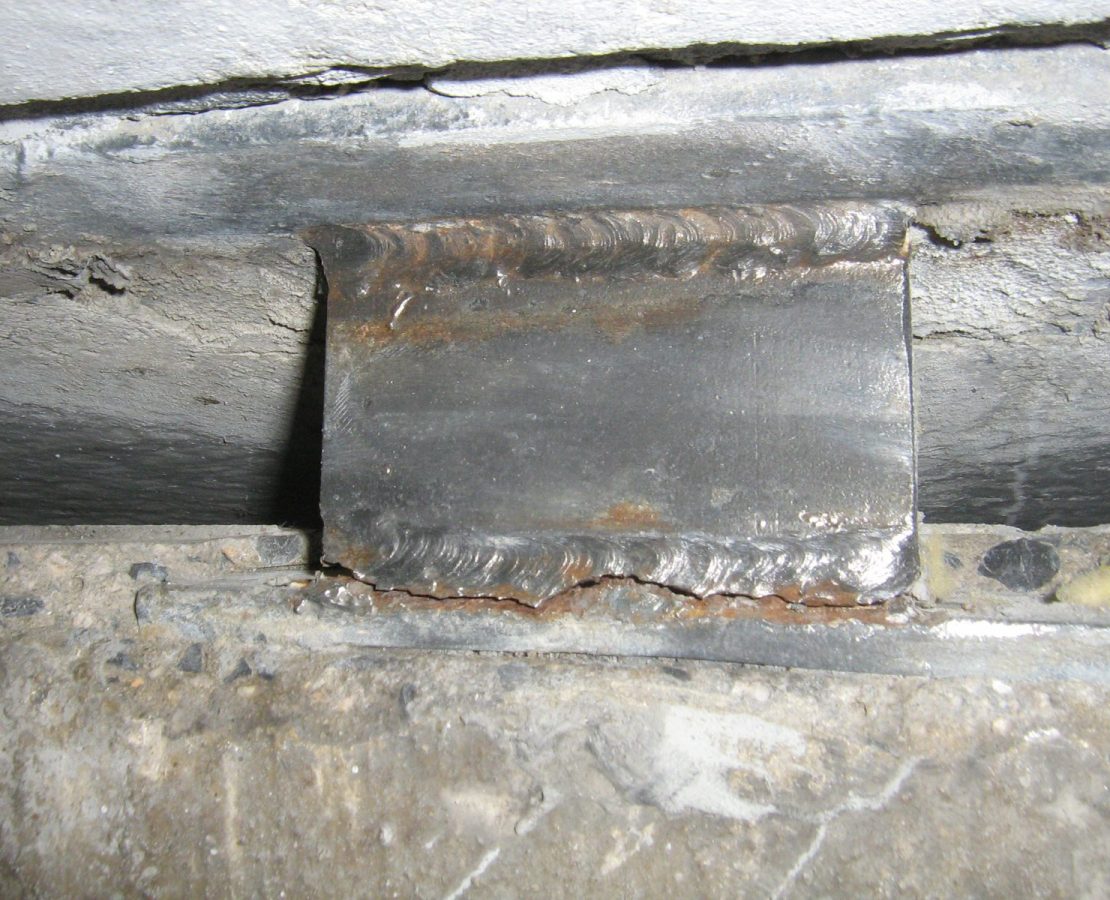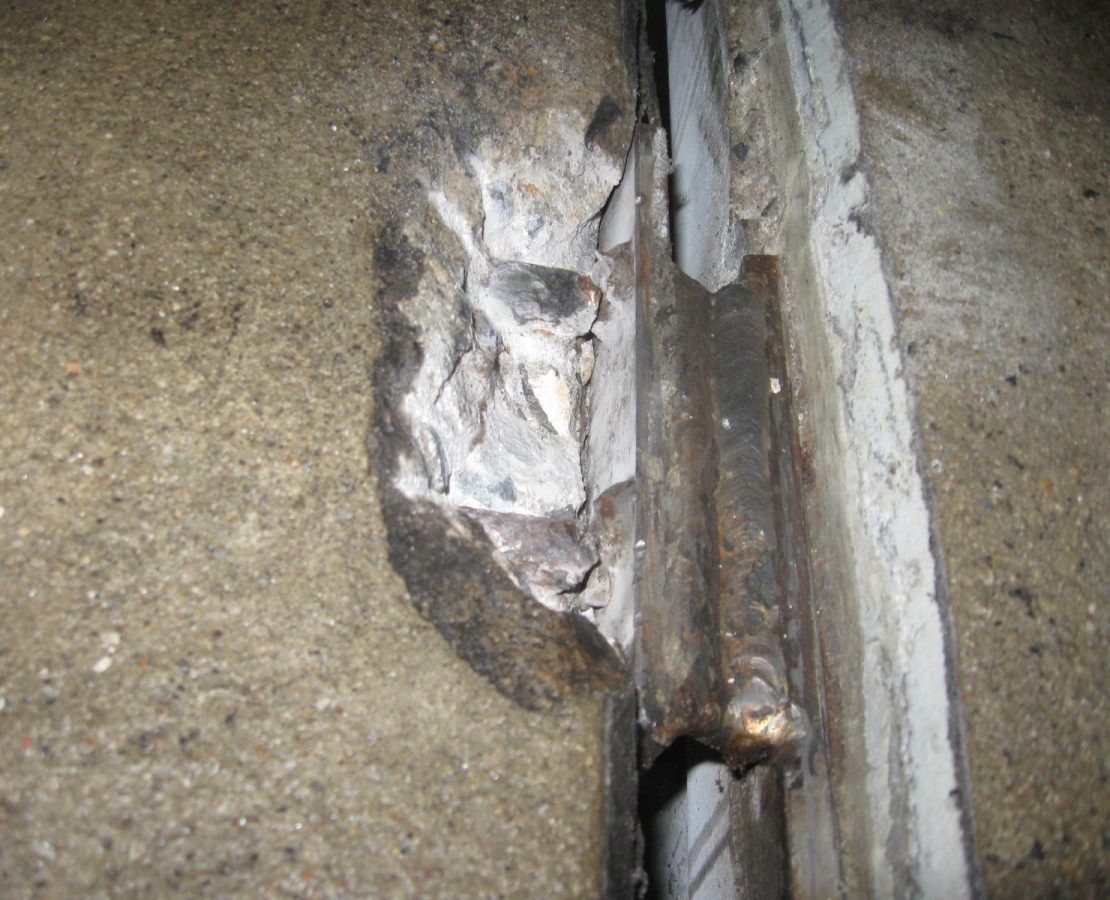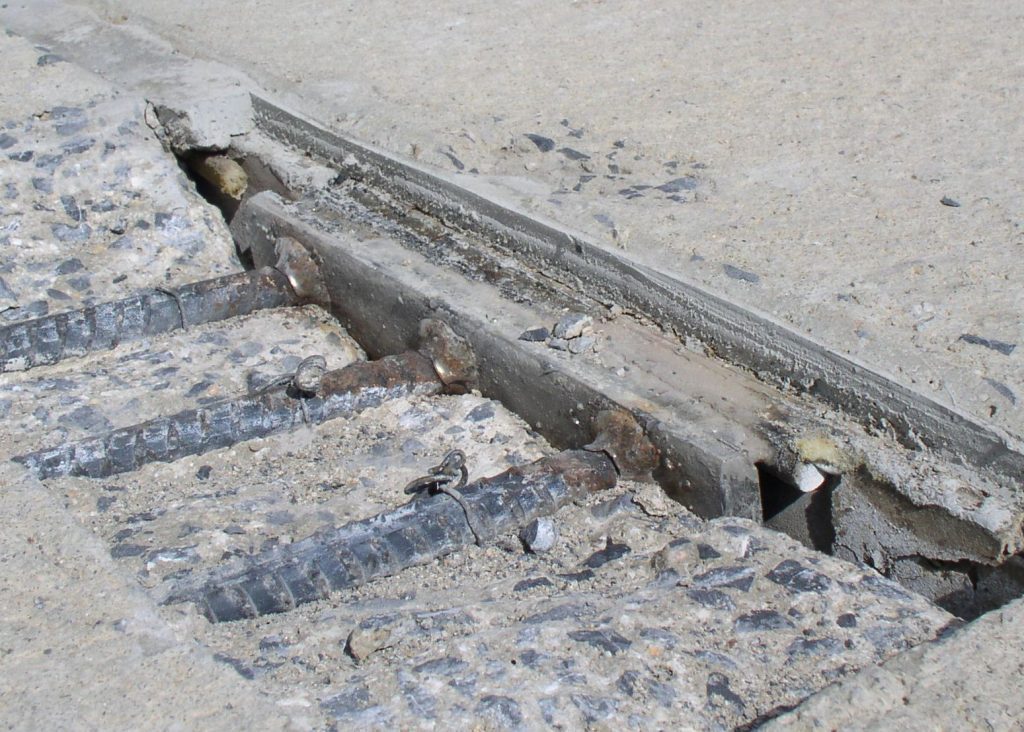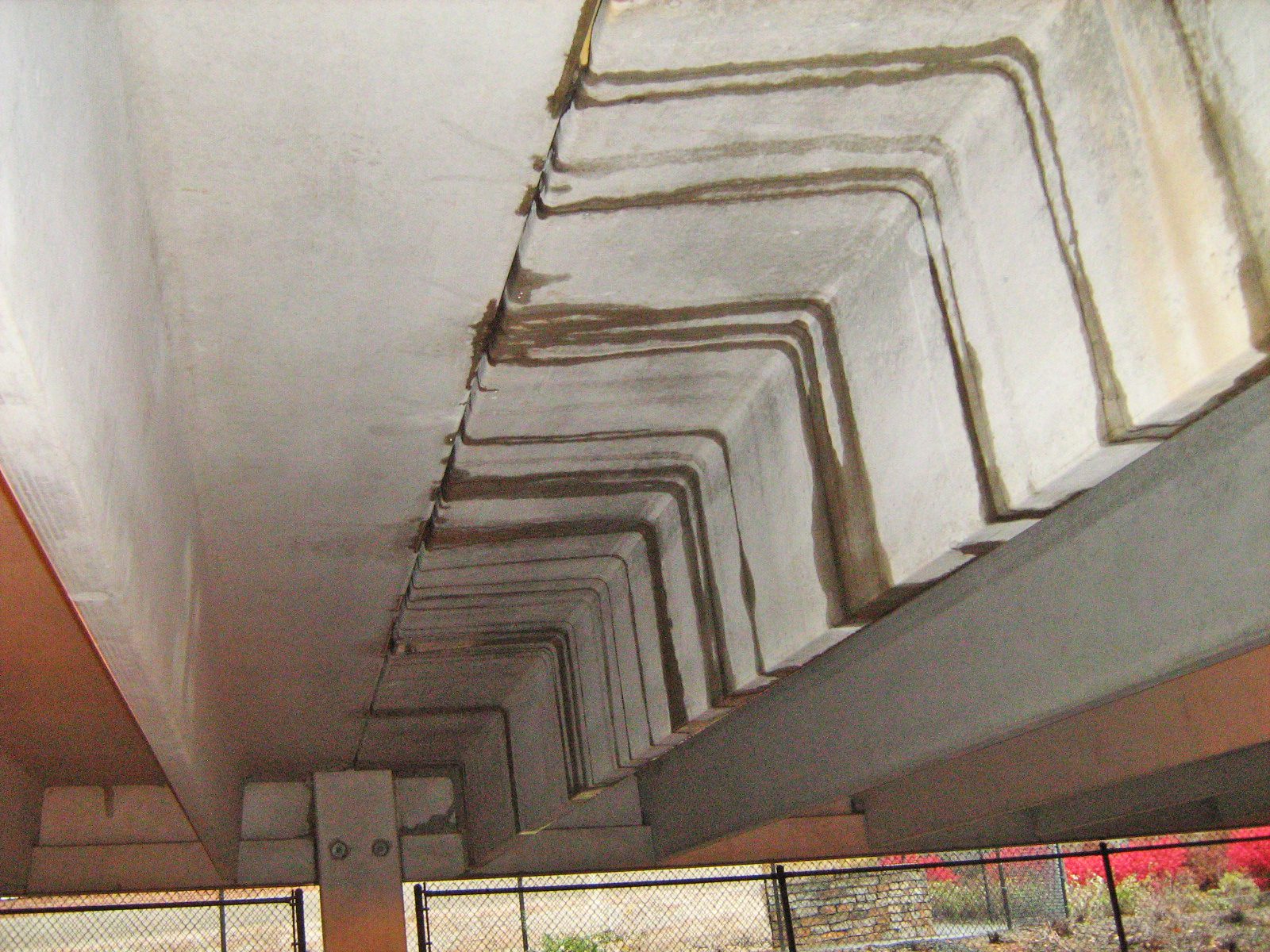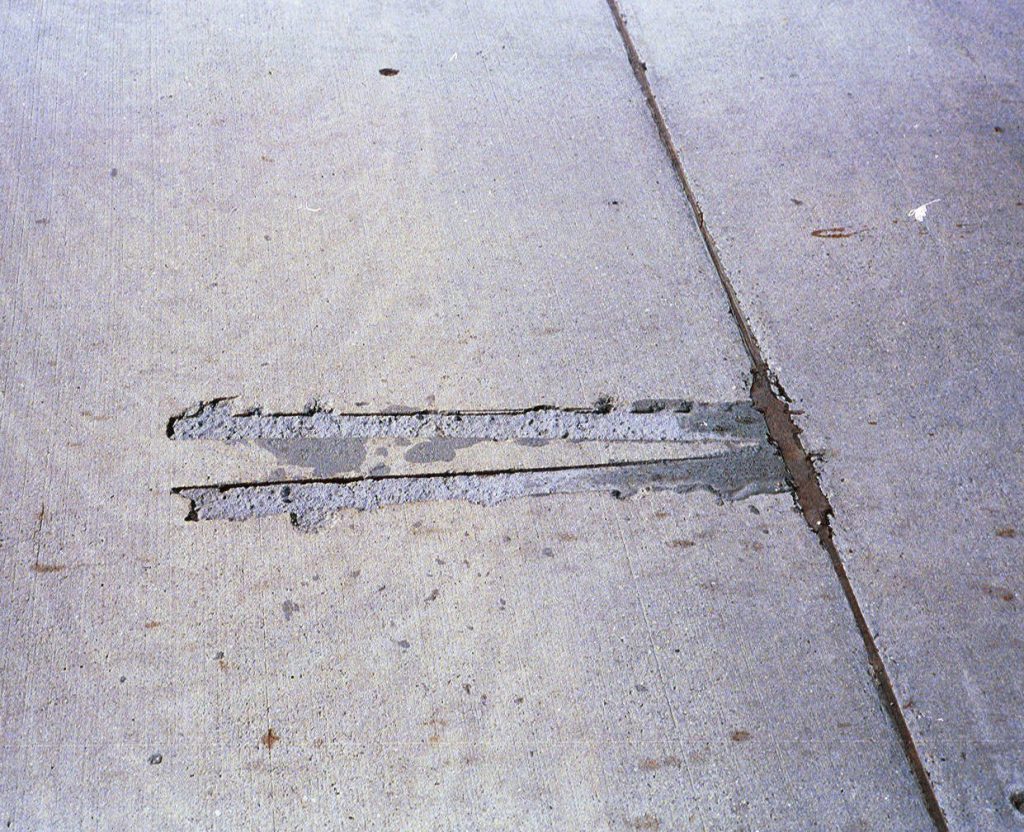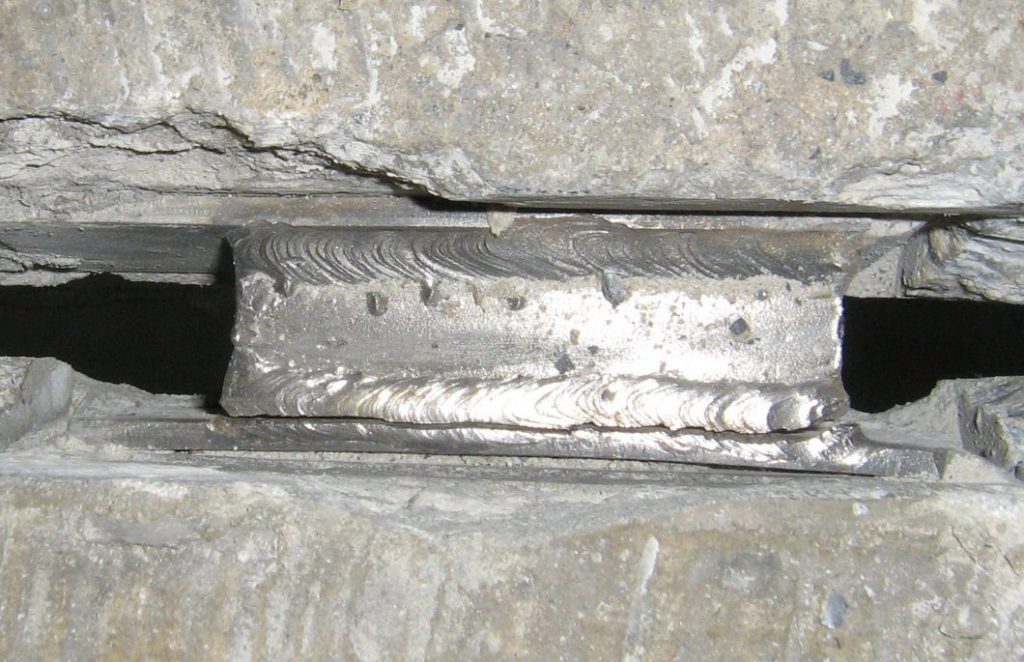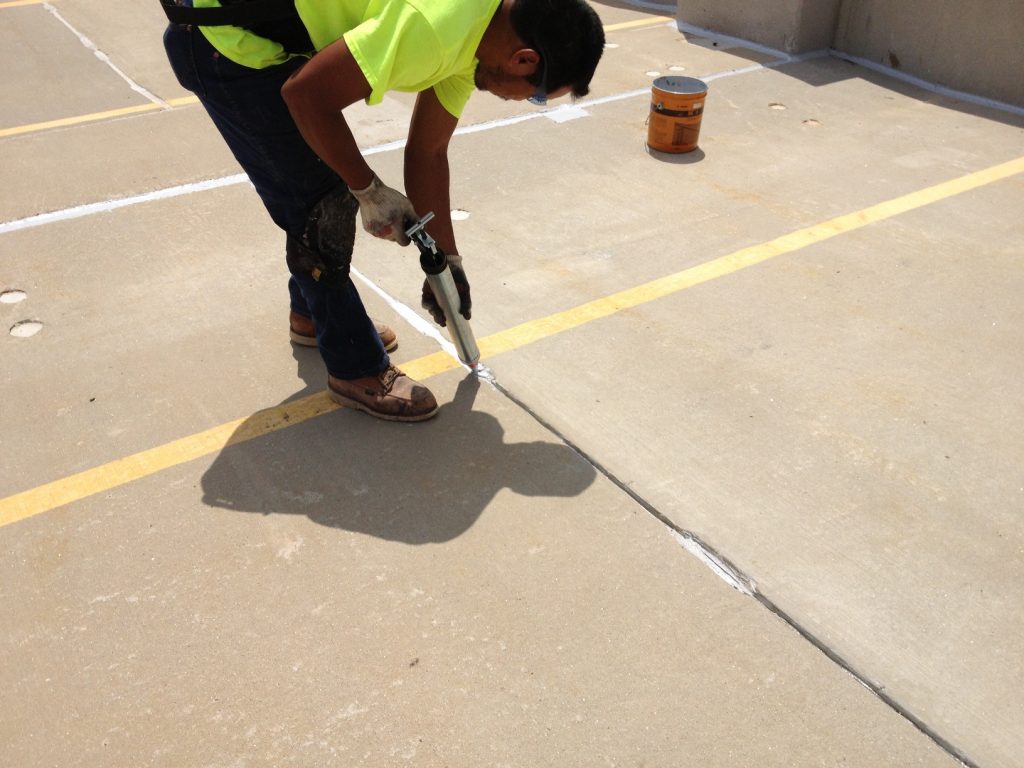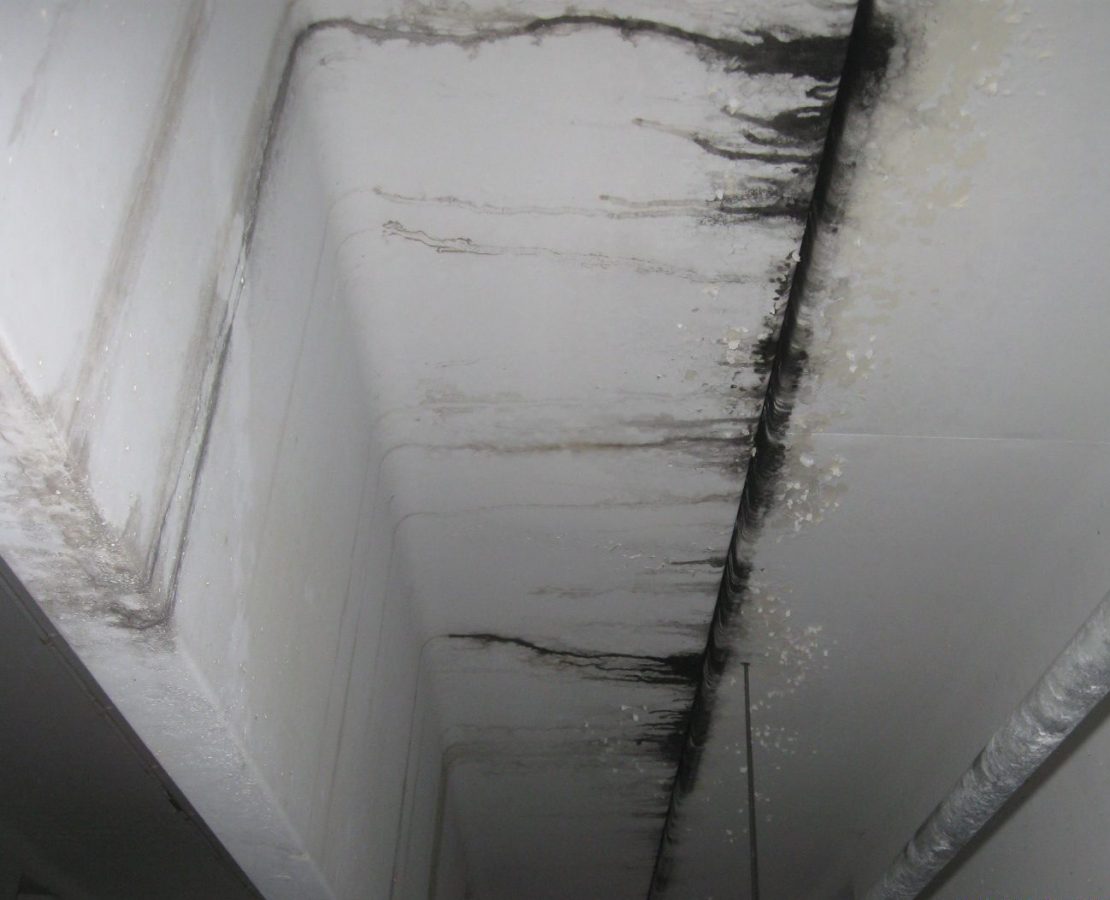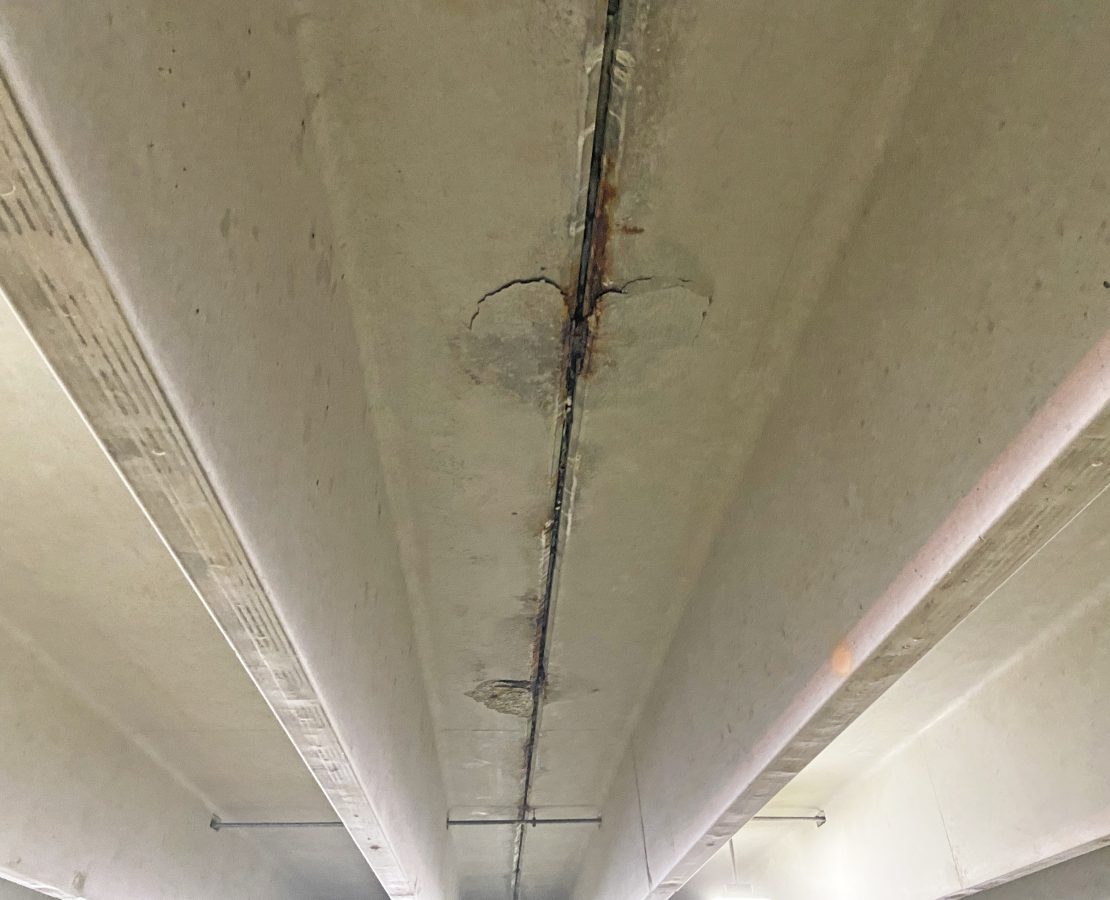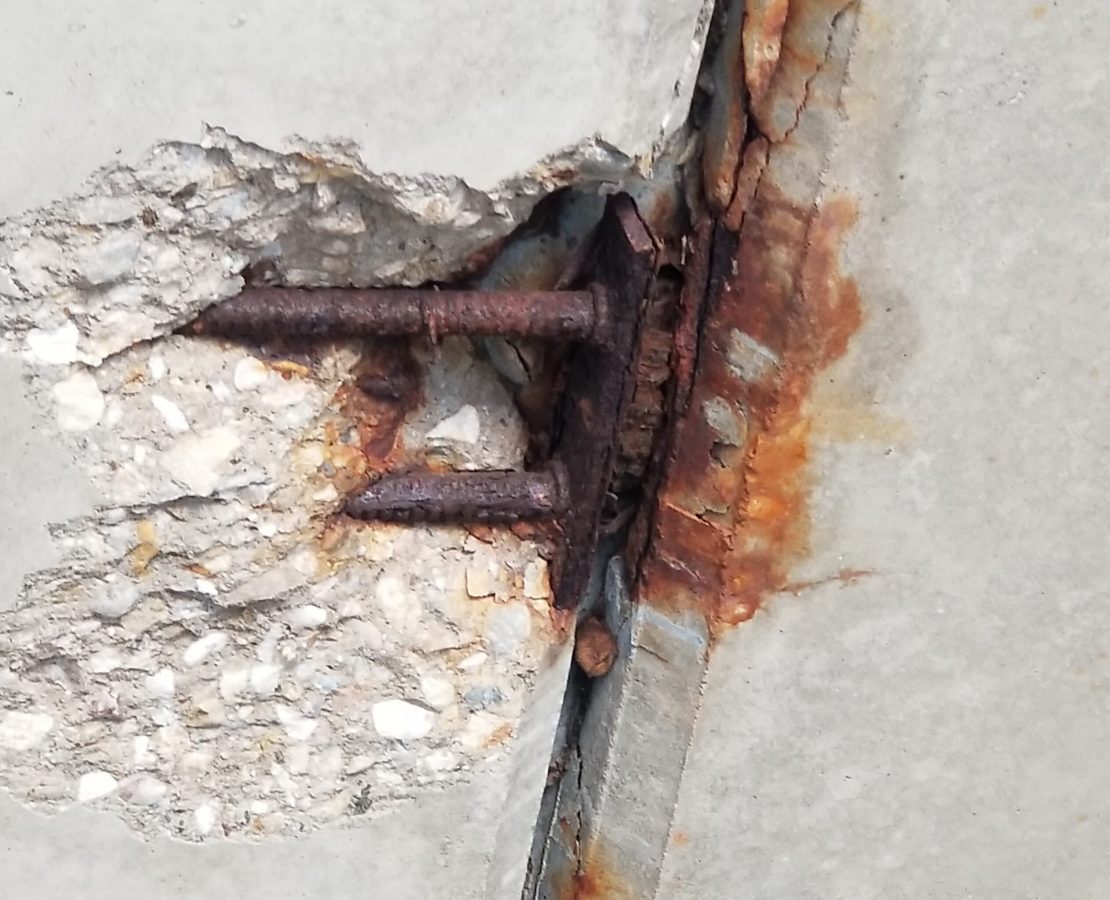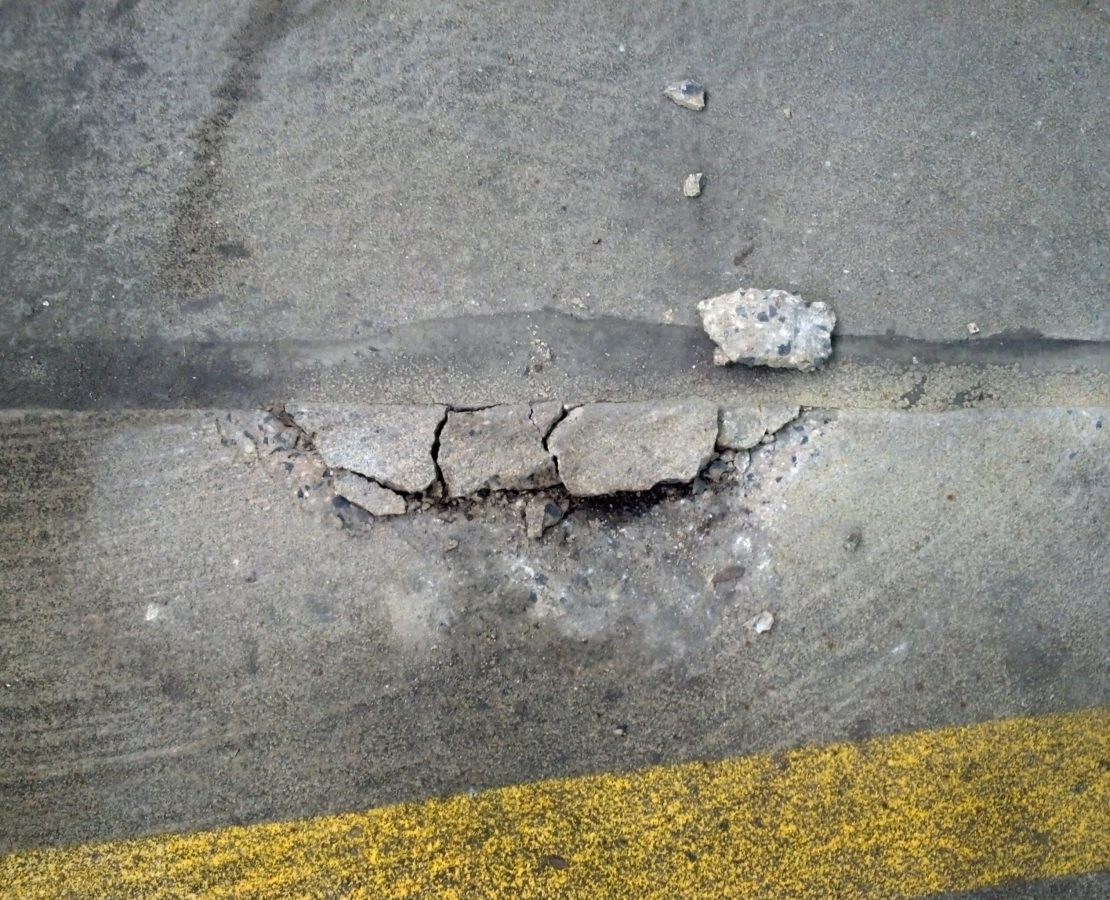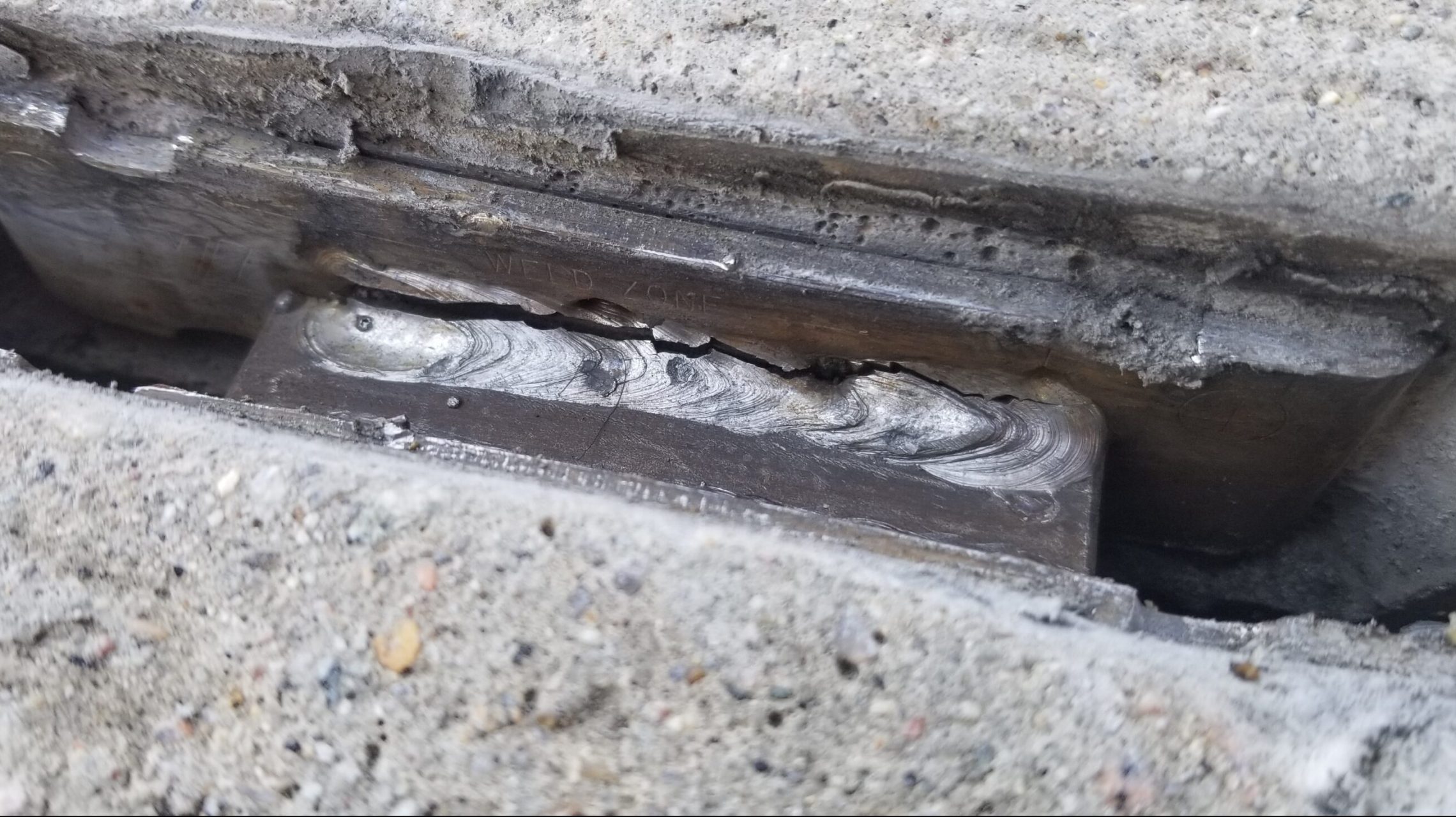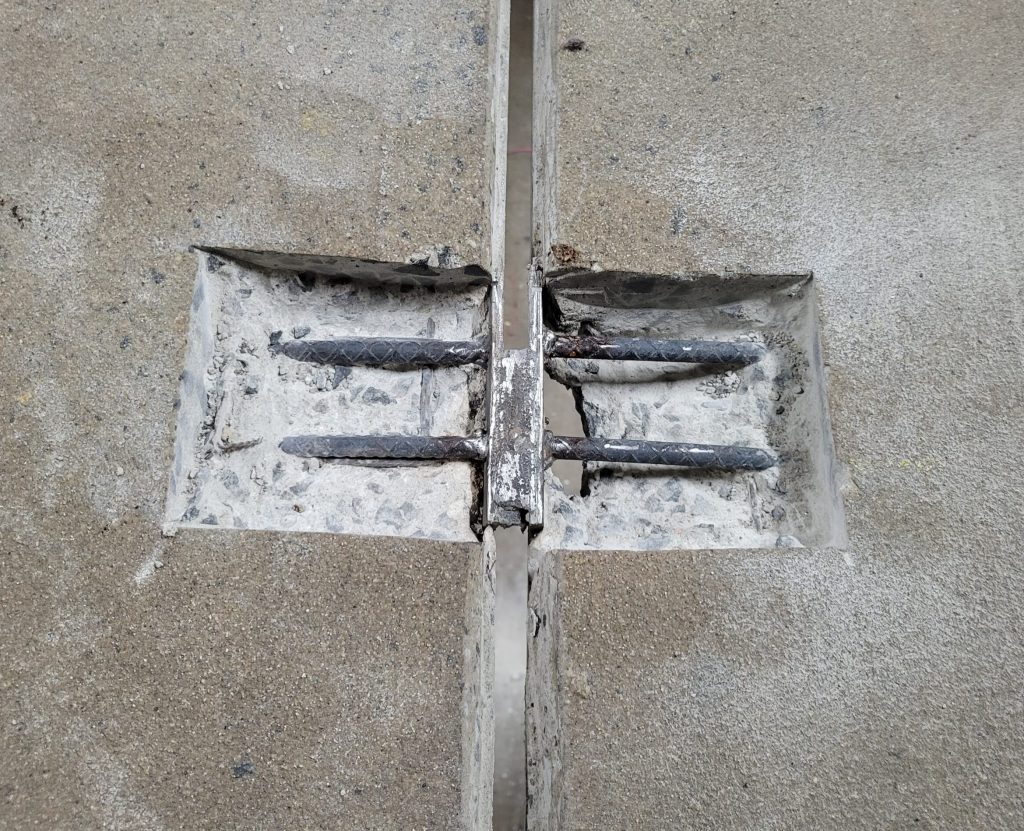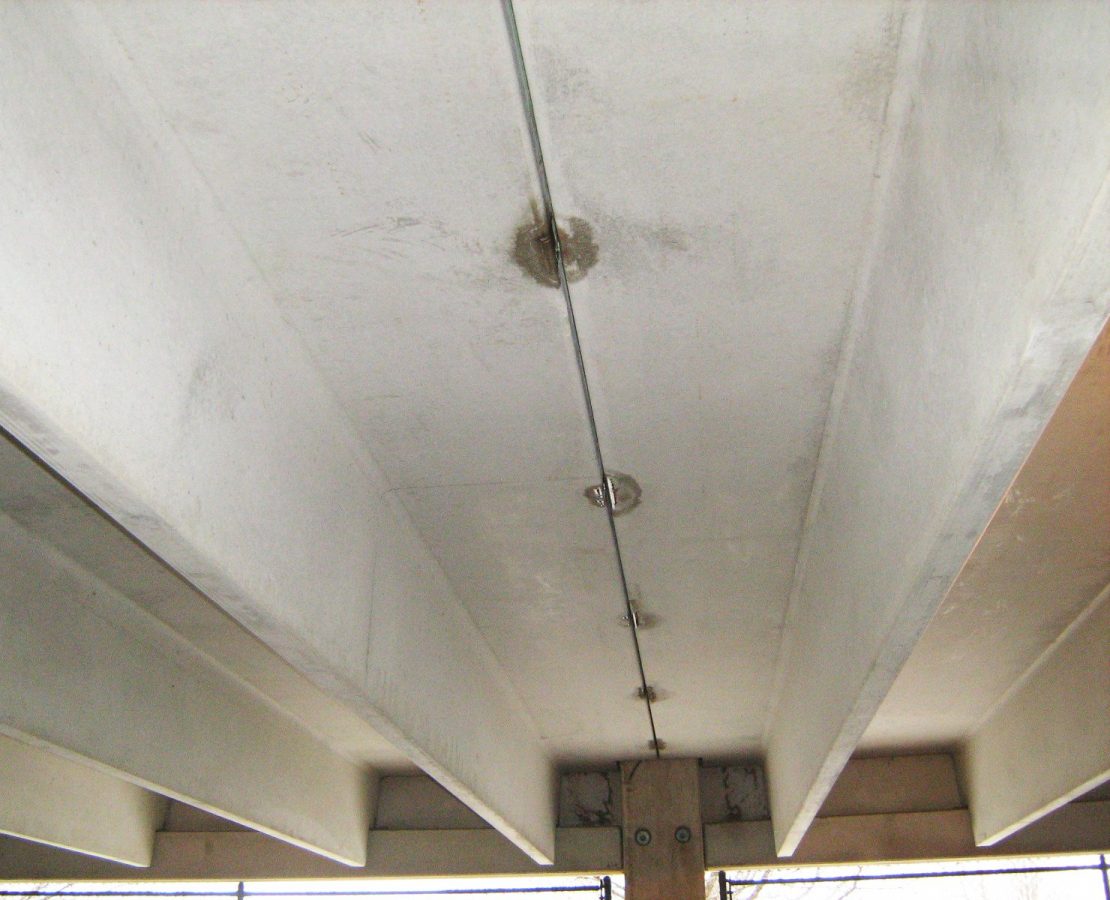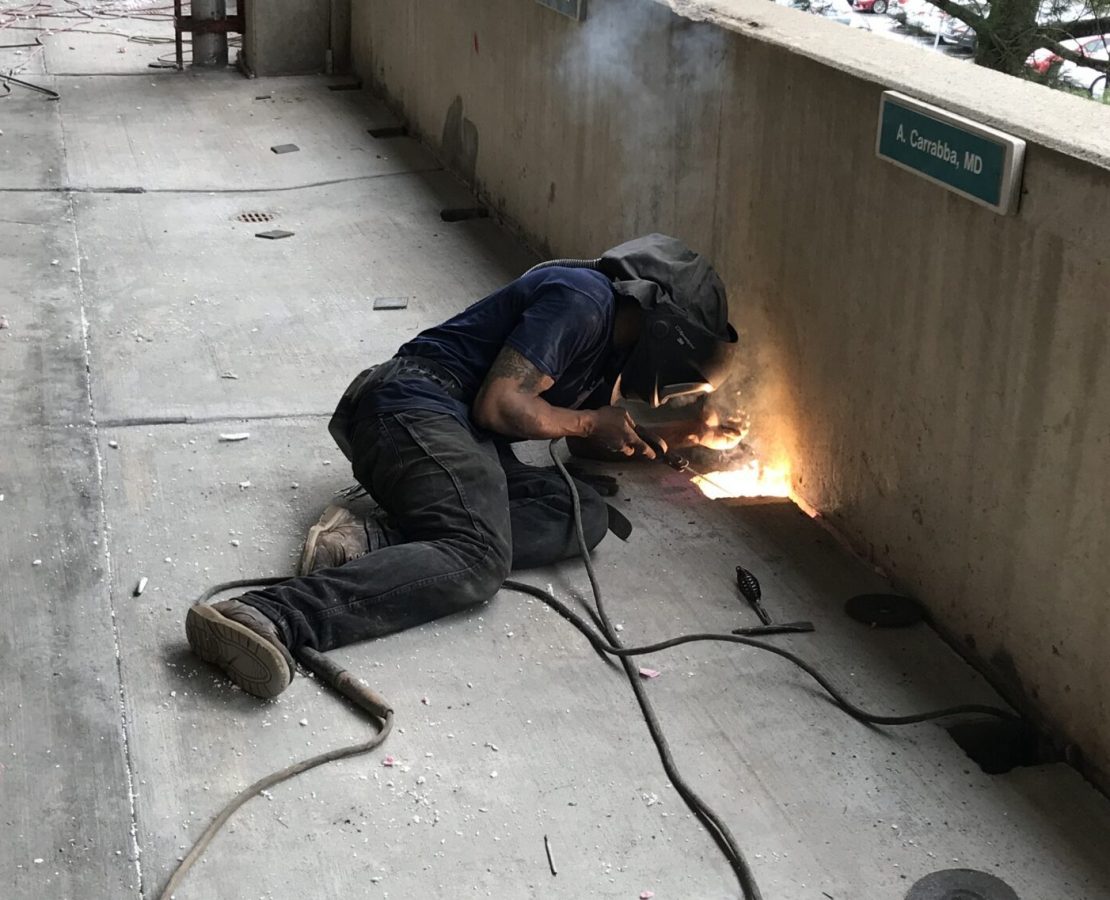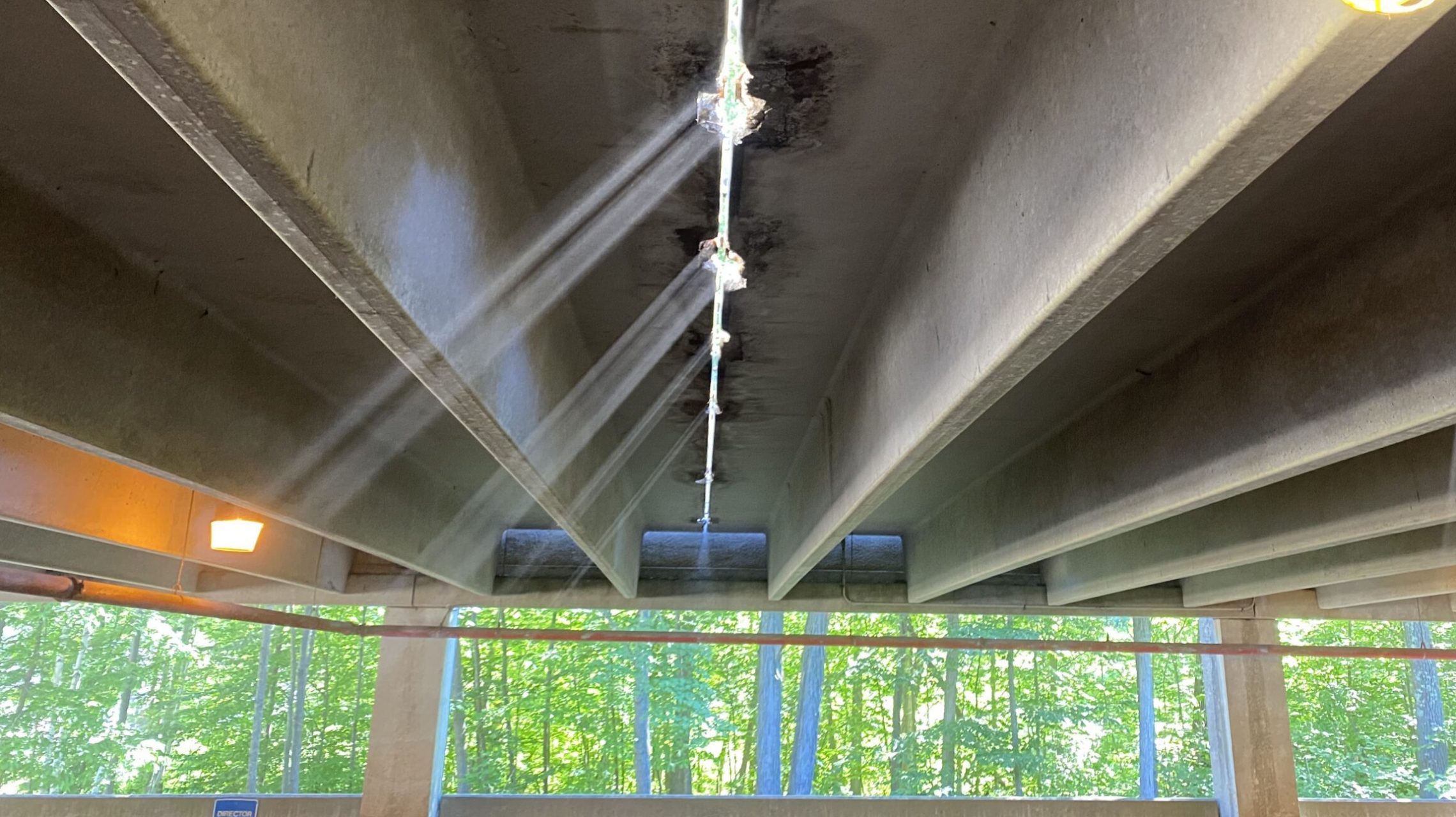The rhythmic thumping of car tires across a garage deck is the hallmark of a precast double-tee parking garage and a familiar part of modern life. Precast garages have become the most common form of free-standing parking structure across the United States. That most people can immediately recognize this cadenced sound is testament to the adaptability and widespread use of these structures.
In most of the country, pre-topped double-tee construction is the dominant structure type for freestanding garages. The term, double-tee, refers to the section profile of the precast concrete members, which resembles a pair of uppercase letters: “TT.” The flanges, or horizontal arms of the tees, act as both the structural deck and wearing surface. The structure is simply lifted into place and connected, with little more than sealant and paint striping left to complete the project.
However, precast has its weaknesses, the most prevalent of which are related to the very construction method that makes it so desirable. Consisting of many pieces lifted into place and joined, precast structures require numerous connections. Most of these connections are embedded below sealant joints, which can and will eventually leak. It is no small concern, then, that the total length of such joints is measured not in feet, but rather in miles, and no wonder that most issues plaguing such structures are associated with these connections and sealant joints.
Deck joints support traffic and are subjected directly to water and deicing chemicals. They are prone to leaks, spalls, and fractured connections – three defects that go hand-in-hand. Fractured connections cause leaks, which cause spalls; conversely, leaks cause fractured connections, which can lead to spalls. In fact, it is uncommon to see one defect without another. To understand how and why these defects occur, and why they matter, it is necessary to understand the components, how they function, and how they have evolved over time.
